Benefits of Lab Created Diamonds
The truth is that there is no need to take diamonds from nature because they can be created in laboratories, making them a modern luxury and an ethical and stunning eco-friendly alternative to mined diamonds. So, what are the main benefits of buying a lab-grown diamond?

AFFORDABLE
The first is that they are more affordable. Because they are created in a lab, lab grown diamonds don’t have the same cost associated with them as mined diamonds. Mined diamonds are becoming more and more scarce. Over the years, the cost of mining diamonds has increased significantly, while the number of diamonds being mined has decreased. Because of this rarity, they come with a higher price tag. Additionally, because they are not controlled by the same supply chains, lab grown diamonds could be up to 50% cheaper compared to a natural stone of a similar grade.

QUALITY
Still, many consumers may share the same question: Are lab grown diamonds as strong as real diamonds? When you compare the two, they are exactly the same. So, if you’re looking for a high-quality diamond that is more affordable and has less of an environmental impact, then a lab grown diamond is the perfect choice for you.

ENVIRONMENT-FRIENDLY
Another benefit is that they don’t have the negative environmental impact that comes with mining. The process of mining can damage the environment and the ecosystem in the area where the mining is taking place. It can also have a negative impact on the people who live near the mine through water and air pollution. On the other hand, lab created diamonds are made in a lab where no mining is required making lab grown diamonds an ethically minded and socially responsible alternative.
Diamonds by Shape
How Lab Grown Diamonds are made?
Formation and Origin:
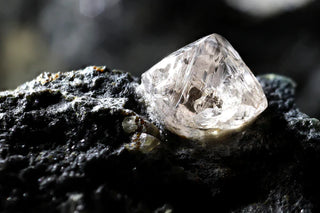
Mined Diamonds
Mined diamonds are formed naturally deep within the Earth's mantle over millions of years through geological processes. They are then extracted through mining operations from diamond-rich geological formations like kimberlite pipes or alluvial deposits.
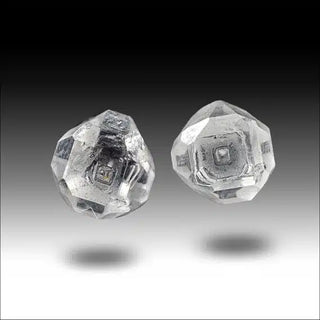
Lab-Grown Diamonds
These diamonds are created in controlled laboratory environments using advanced technological processes that mimic the natural conditions under which diamonds form. Techniques such as high-pressure high-temperature (HPHT) and chemical vapor deposition (CVD) enable scientists to grow diamonds from carbon atoms in a matter of weeks or months.
Quality and Composition:

Mined Diamonds
Natural diamonds can vary widely in quality due to natural variations in color, clarity, and size. While some mined diamonds are of exceptional quality, others may contain imperfections or impurities that affect their appearance and value.
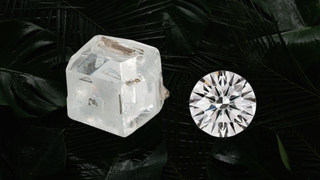
Lab-Grown Diamonds
Lab-grown diamonds have the same chemical composition, crystal structure, and physical properties as mined diamonds. They are virtually indistinguishable from natural diamonds and often exhibit high quality in terms of color, clarity, and cut.
Ethical Considerations:

Mined Diamonds
The diamond mining industry has faced criticism for its involvement in conflicts, exploitation of labor, and disregard for indigenous rights in some regions where diamonds are sourced. While efforts such as the Kimberley Process Certification Scheme aim to address these issues, challenges persist in ensuring ethical sourcing practices throughout the supply chain.
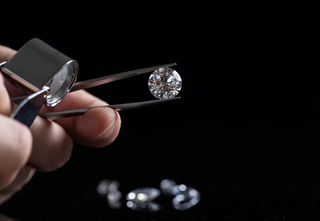
Lab-Grown Diamonds
Lab-grown diamonds are often perceived as a more ethical choice compared to mined diamonds. They do not contribute to issues such as human rights abuses, child labor, or conflict financing, which have been associated with some diamond mining operations in certain regions.
Environmental Impact:
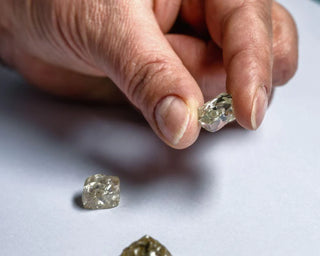
Mined Diamonds
The mining of natural diamonds can have significant environmental repercussions, including habitat destruction, soil erosion, and water contamination. Mining operations also consume large amounts of energy and generate greenhouse gas emissions, contributing to climate change.

Lab-Grown Diamonds
Compared to mined diamonds, lab-grown diamonds typically have a lower environmental impact. They require less energy and water to produce and do not involve the destruction of natural habitats associated with mining activities. Additionally, lab-grown diamonds eliminate the environmental consequences of mining, such as land disruption and water pollution.




